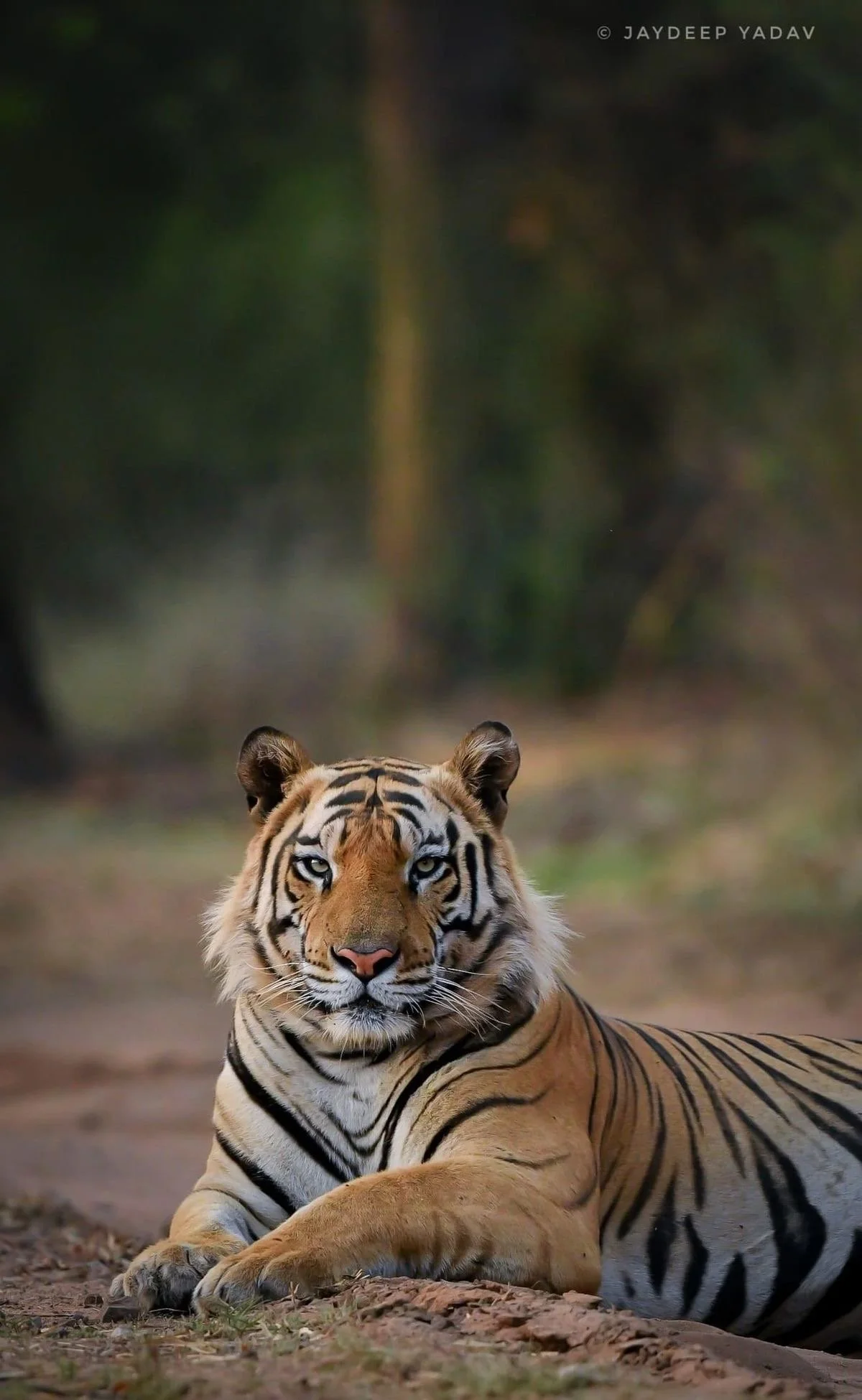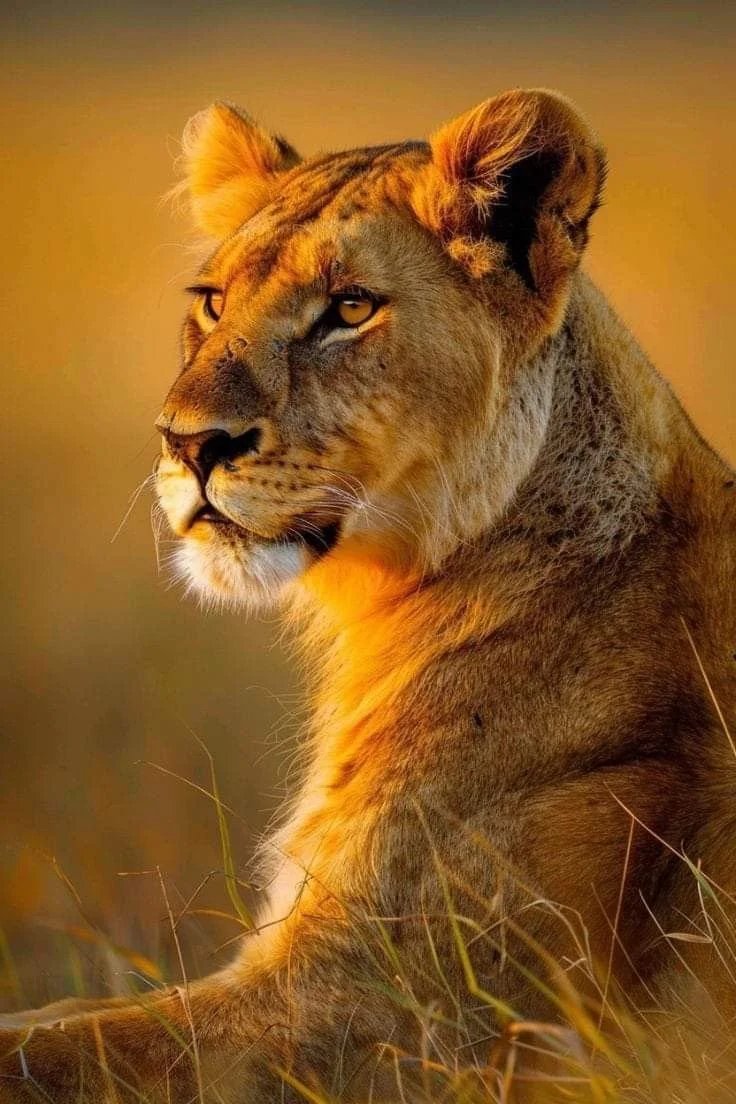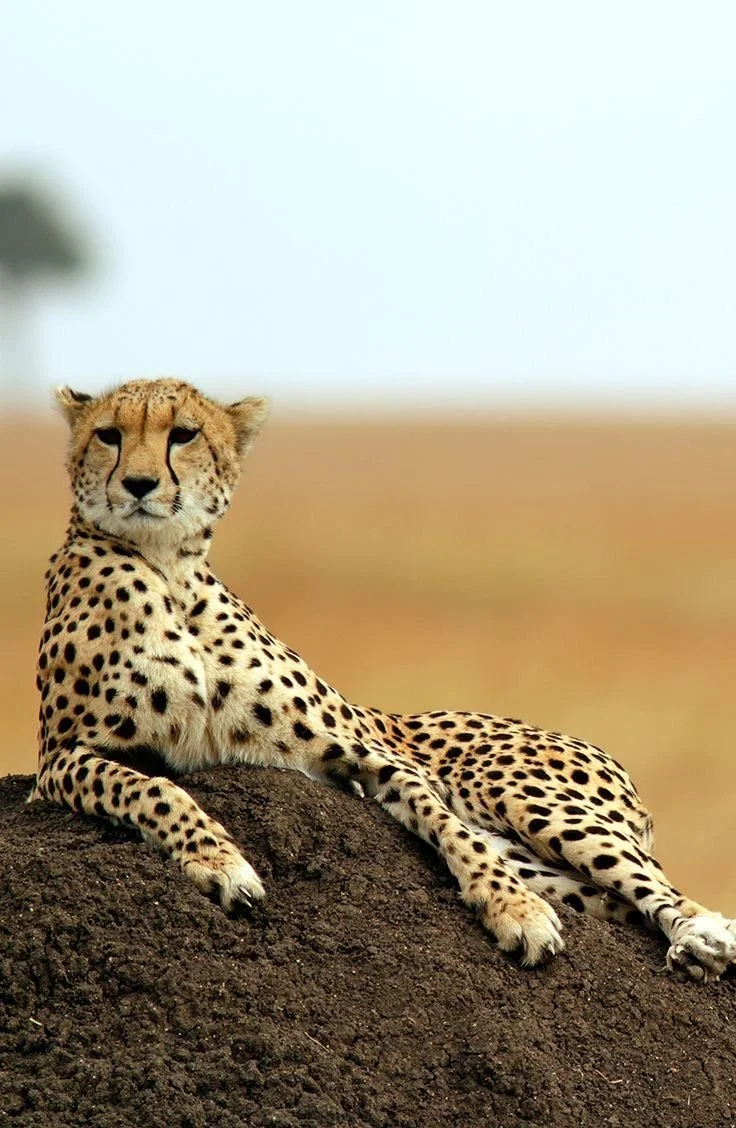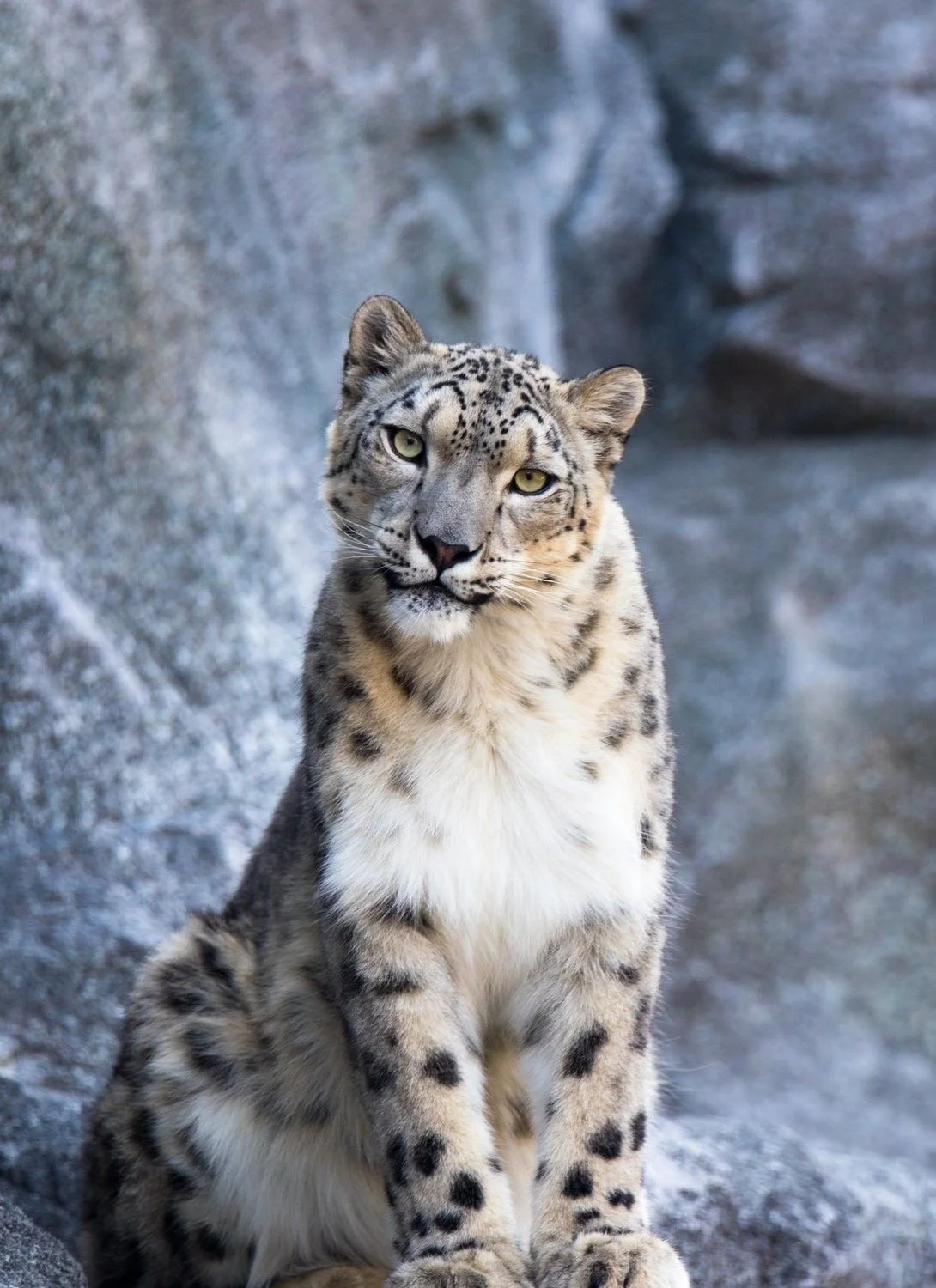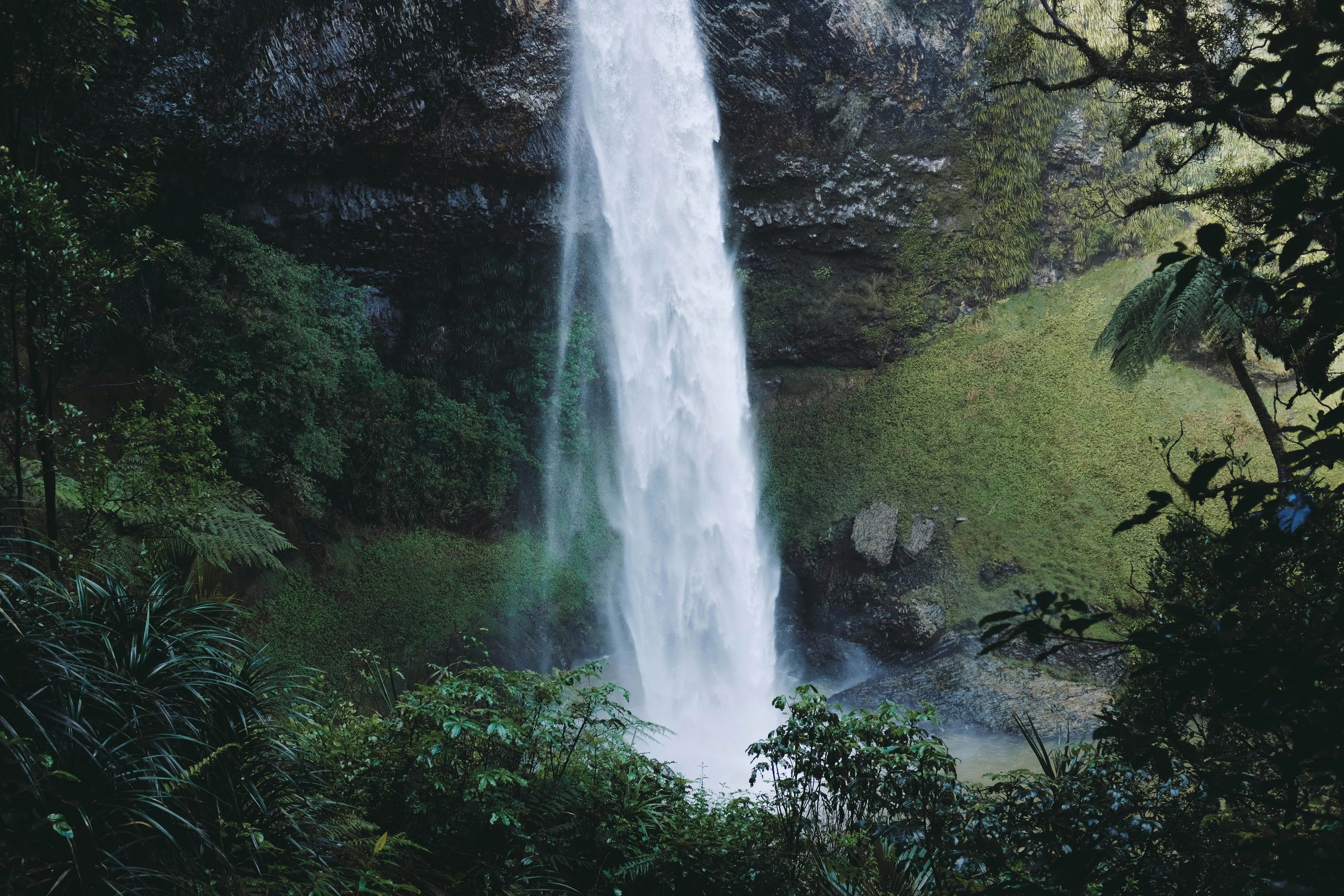
Saving the Wild: Big Cat Conservation
Majestic. Powerful. Endangered.
Big cats have roamed the Earth for millions of years, shaping ecosystems and captivating human culture. Yet, today, they face their greatest challenge: survival.
🦁 Lions have lost 90% of their historic range
🐅 Fewer than 4,500 tigers remain in the wild
🐆 Leopards and cheetahs are vanishing due to habitat destruction
Without urgent action, these apex predators could disappear forever.
Why Big Cats Matter
Big cats are more than just icons of the wild - they are keystone species. Their survival determines the health of entire ecosystems.
🌀 Balancing Nature
As apex predators, they regulate prey populations, preventing overgrazing and ensuring plant life flourishes. This delicate balance supports a vast web of species, from insects to elephants.
🌍 Protecting Biodiversity
When big cats thrive, so do their habitats. They are guardians of the wild, keeping landscapes healthy and biodiversity intact. A decline in their numbers can lead to ecological collapse.
🎭 Cultural Icons & Ancient Legends
Big cats have inspired myths, legends, and traditions across civilizations. From sacred guardians to symbols of strength and resilience, they hold a profound place in human history.
⚠️ A Species in Crisis
Despite their power, big cats are now at the mercy of human actions. Habitat loss, poaching, human-wildlife conflict, and climate change are driving them toward extinction. Many species that once roamed vast landscapes are now restricted to fragmented, shrinking territories.
If we do not act, we risk losing them forever - along with the fragile ecosystems they sustain.
The Challenges Big Cats Face
-
Forests, grasslands, and wetlands are being destroyed for agriculture, roads, and human expansion.
Big cats are losing the spaces they need to hunt and live.
Tigers now occupy only 4% of their historic range.
Leopards and jaguars are forced to live in smaller, disconnected territories.
-
As habitats shrink, big cats wander into villages and farms, leading to retaliation killings.
Farmers see lions, leopards, and jaguars as threats to livestock, further straining conservation efforts.xt goes here
-
Big cats are hunted for their fur, bones, and body parts, often used in traditional medicine and the black market.
Tigers & leopards are the most affected, with their populations declining due to high poaching rates.
-
Overhunting of prey species forces big cats to turn to livestock or starve.
Fewer natural food sources make survival increasingly difficult.
-
Rising temperatures alter landscapes, pushing species like snow leopards out of their natural habitats.
Droughts & wildfires reduce prey numbers, making survival even harder
Big cats cannot fight these battles alone - we must take action before it’s too late.
Why This Matters to Me
My love for felines runs deeper than admiration - it’s a commitment to their survival.
Big cats are more than predators; they are the heartbeat of the wild. Their presence keeps nature in balance, but their future is uncertain. Knowing that so many are critically endangered fuels my passion to take action.
For me, conservation isn’t just about saving an animal - it’s about protecting an entire way of life, an ecosystem, a future. Every effort, big or small, makes a difference.
I’m committed to:
✔️ Raising awareness through education and storytelling.
✔️ Supporting conservation efforts that protect these animals.
✔️ Inspiring action so that future generations can witness these magnificent creatures in the wild.
This is not just a fight for big cats - it’s a fight for our planet’s future. Will you join me?
Big Cats and Their Conservation Stories
Big Cat Conservation Organisations
Across the world, dedicated organisations are working to protect big cats and their habitats. From anti-poaching efforts to habitat restoration and community education, these groups play a vital role in conservation. Supporting their work helps ensure a future for these incredible animals. Click below to learn more about the organisations making a difference!




